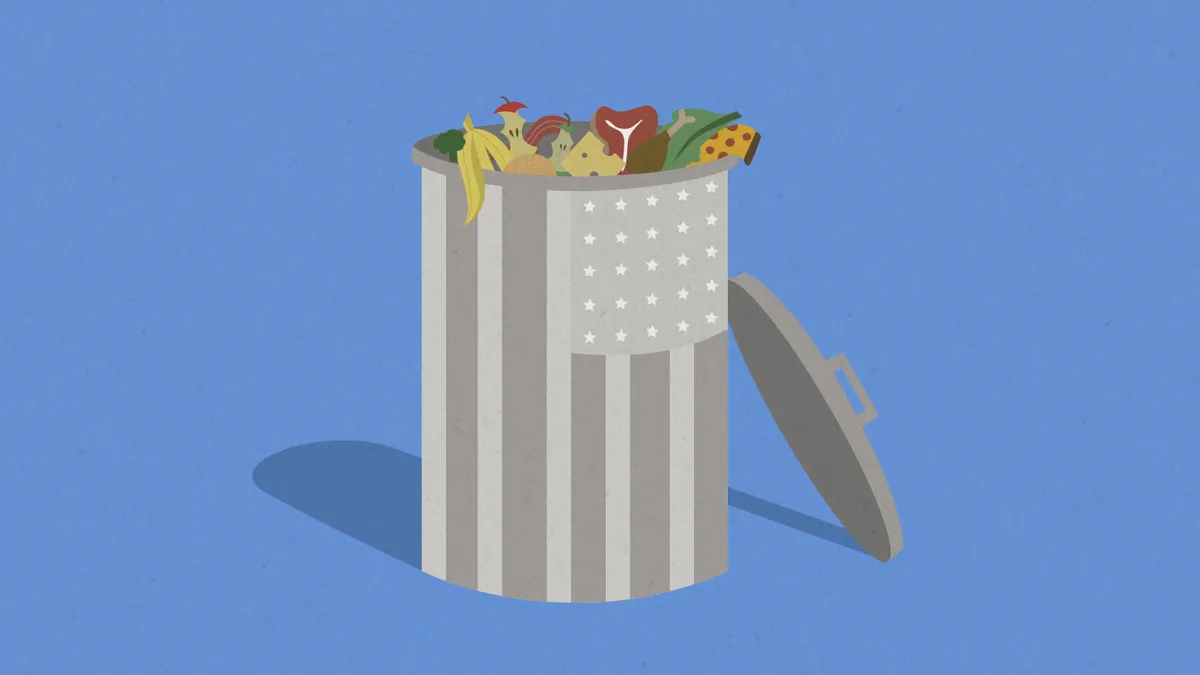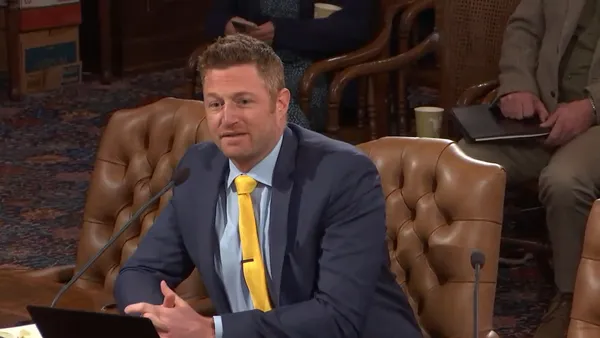In the past decade, statistics have highlighted the stark reality of food waste as an environmental, economical and societal issue. As billions of tons of food are wasted annually, millions of Americans suffer from hunger — and the environment suffers from dangerous CO2 emissions.
In response to these growing statistics, the waste industry has kicked its action on food waste into high gear as companies and cities alike look to control the issue through effective means of collection, processing and education.
To highlight this topic, Waste Dive took a comprehensive look at how food waste is altering the industry, including its effects on curbside collections, its impact on processing methods and its influence on Congressional legislation.
-
Surplus stats: Food waste by the numbers
Here are eight numbers that put into perspective just how vast the issue of food waste is across the U.S. and the globe. Read More >>
-
Can Congress cut food waste? It depends on the success of this bill
A recently introduced food recovery bill would target anaerobic digestion, date labeling and surplus food donations. Some industry leaders, however, are skeptical. Read More >>
-
Study: Food scrap recycling can work in cities of any size, though PAYT helps
MIT researchers examined the defining characteristics of programs in dozens of mid-sized cities around the country. Read More >>
-
Inside Boston CORe, Waste Management's answer to urban organics diversion
The pre-processing technology converts commercial and residential food scraps into a bioslurry for digestion at a regional wastewater treatment facility. Read More >>
-
3 experts, 3 methods: The debate over food waste processing
Composting, anaerobic digestion or wastewater treatment: which is the best processing method? Three industry leaders gave Waste Dive their takes. Read More >>
-
Talkin' Trash with Waste Dive: Organics diversion is here to stay in NYC. What's next?
Waste Dive caught up with five organics experts during the recent NYC Food Waste Fair to discuss processing capacity, limitations and future opportunities. Read More >>















